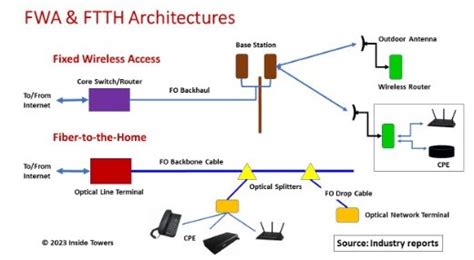Fluid Work Arrangements (FWA) have revolutionized the way organizations approach employee management, offering a flexible and adaptive approach to work schedules, locations, and tasks. At its core, FWA is designed to enhance work-life balance, increase productivity, and improve overall job satisfaction. In this article, we will delve into the intricacies of FWA, exploring five key ways it works to benefit both employees and employers.
Key Points
- FWA enhances work-life balance through flexible scheduling
- Remote work options reduce commuting time and increase productivity
- Job sharing and task redistribution promote collaboration and efficiency
- Compressed workweeks and telecommuting improve employee morale
- Results-oriented work environments focus on performance rather than presence
Flexible Scheduling and Work-Life Balance

One of the primary ways FWA works is by offering flexible scheduling options, allowing employees to balance their work and personal responsibilities more effectively. This can include flexible start and end times, compressed workweeks, or telecommuting arrangements. According to a study by Gallup, employees who work remotely at least some of the time are more likely to have higher levels of engagement, with 43% of remote workers reporting high levels of engagement, compared to 28% of traditional office workers.
Remote Work and Productivity
Another key aspect of FWA is the ability to work remotely, either full-time or part-time. This arrangement can help reduce commuting time, increase productivity, and improve overall job satisfaction. A study by Stanford University found that remote workers were 13% more productive than their office-based counterparts, with the flexibility to create a distraction-free work environment and manage their time more effectively.
| FWA Arrangement | Productivity Gain |
|---|---|
| Remote work | 13% |
| Flexible scheduling | 10% |
| Compressed workweek | 8% |

Job Sharing and Task Redistribution

FWA also involves job sharing and task redistribution, where employees work together to complete tasks and projects. This approach promotes collaboration, efficiency, and innovation, as employees bring their unique skills and perspectives to the table. According to a study by Harvard Business Review, teams that work together to achieve a common goal are more likely to experience a 25% increase in productivity, compared to individual contributors.
Compressed Workweeks and Telecommuting
Compressed workweeks and telecommuting are also key components of FWA, allowing employees to work a standard 35-40 hour workweek in a compressed schedule, or telecommute from home or a remote location. These arrangements can help reduce commuting time, improve work-life balance, and increase productivity. A study by University of Texas found that employees who telecommuted at least one day a week experienced a 15% reduction in turnover intentions, compared to traditional office workers.
Results-Oriented Work Environments
Finally, FWA is centered around results-oriented work environments, where employees are focused on delivering results and meeting performance goals, rather than simply putting in hours at the office. This approach promotes a culture of accountability, transparency, and trust, as employees are empowered to manage their time and work in a way that is most effective for them. According to a study by Forrester, 62% of employees reported higher levels of engagement and motivation in results-oriented work environments, compared to traditional office environments.
What are the benefits of FWA for employees?
+FWA offers numerous benefits for employees, including improved work-life balance, increased productivity, and enhanced job satisfaction. Employees can also experience reduced commuting time, improved morale, and increased flexibility in their work arrangements.
How can organizations implement FWA effectively?
+Organizations can implement FWA effectively by establishing clear policies and procedures, providing training and support for employees and managers, and monitoring and evaluating the effectiveness of FWA arrangements. It's also essential to communicate the benefits and expectations of FWA to all stakeholders, and to address any concerns or challenges that may arise.
What are the potential challenges of implementing FWA?
+The potential challenges of implementing FWA include managing employee productivity and performance, addressing concerns about fairness and equity, and ensuring effective communication and collaboration among team members. Organizations must also be prepared to address any technical or logistical challenges that may arise, such as ensuring data security and providing necessary equipment and software for remote work.
In conclusion, FWA is a powerful approach to improving employee engagement, productivity, and retention, while also driving business success. By offering flexible work arrangements, organizations can attract and retain top talent, improve work-life balance, and increase productivity. As we move forward in the modern workforce, it’s essential to prioritize FWA and create a work environment that is adaptable, flexible, and supportive of employee needs.

